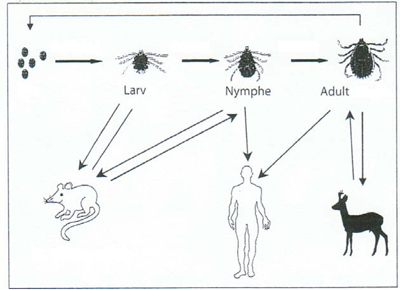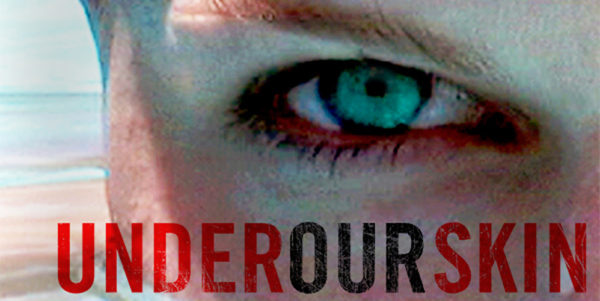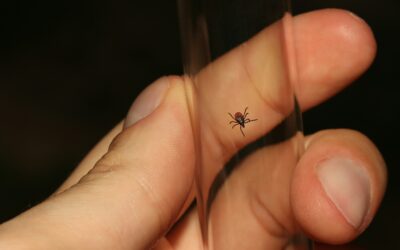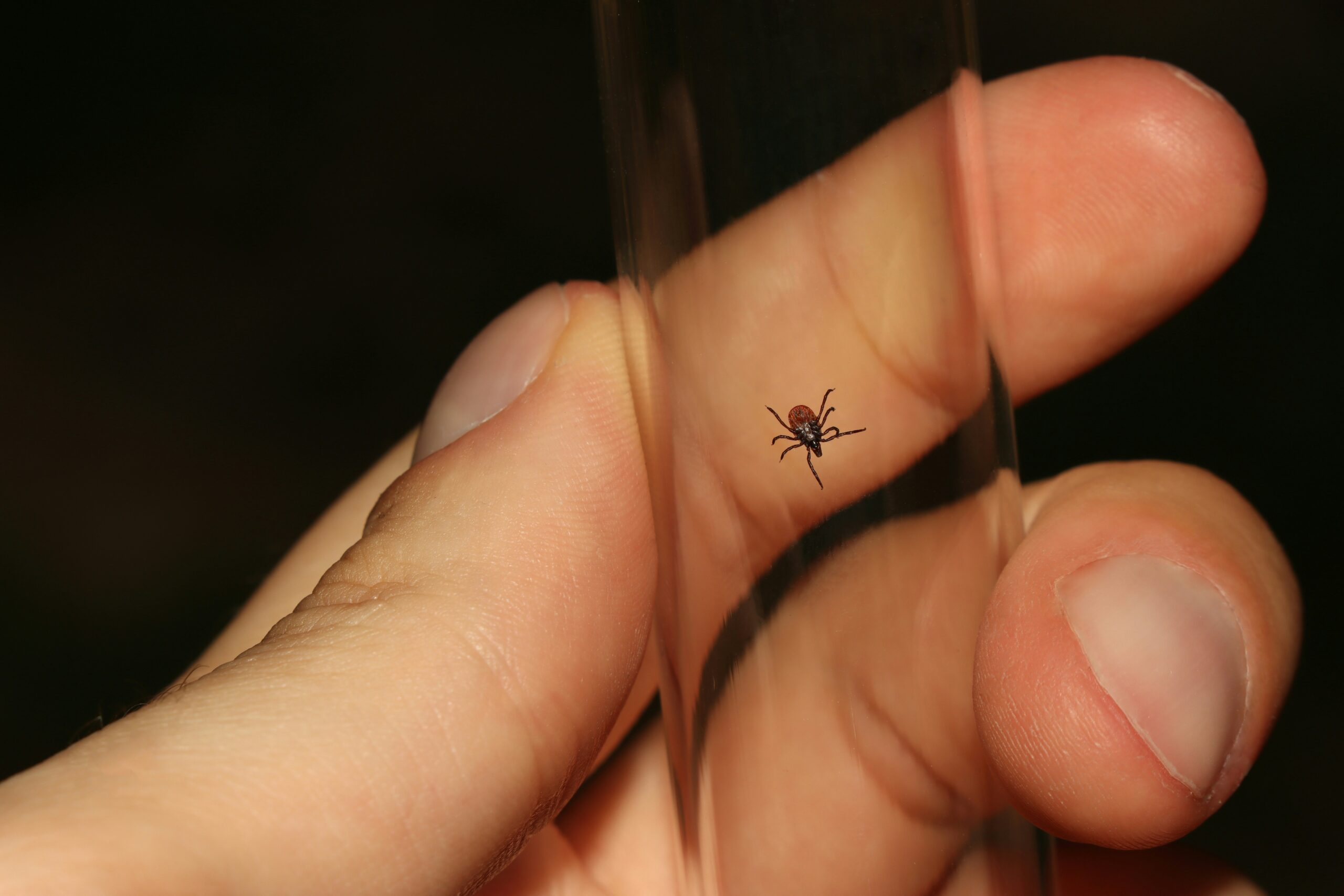LYME DISEASE
A DEEPER LOOK INTO LYME DISEASE

The standard of care for treatment of Lyme disease is two weeks of Doxycycline antibiotic treatment immediately after being bitten. The longer you wait the greater the chances of Lyme disease spreading. Symptoms associated with Lyme disease vary from person to person. Some people will present with the typical bull’s eye rash while others will feel flu like symptoms with weakness and a mild fever, muscle and joint pain, headaches, or extreme fatigue. Symptoms follow after an incubation period that may last between two days to three months and in some cases the bacteria goes latent and does not affect the person until years later. More long-term complications may include varying degrees of neurological symptoms, fibromyalgia, chronic fatigue syndrome, Bell’s Palsy, insulin resistance and Alzheimer’s. Joint pain, gut issues and a weakened immune system may be the result of co-infections.
Why do some people express severe symptoms of Lyme disease while others do not? The severity of symptoms is related to the degree of toxicity in the body, which up-regulates the bacteria into higher pathogenicity. Toxicity exposure may come from the diet, external environment, and emotions. Unprocessed emotional issues will make the body very acidic, which becomes the perfect breeding ground for dis-ease. A proper detox is needed to free the body of a high toxic burden. Avoid putting more toxins in the body through diet and personal care products. This will also help to reduce the overall inflammation occurring in the body.
There are several contributing factors other than co-infections that affect Lyme disease such as parasites, mold, heavy metals, electromagnetic smog and secondary infections such as Mycoplasma, Candida, Epstein Barr virus (EBV) and Cytomegalovirus (CMV). Mold is a big obstacle to cure in Lyme disease. According to Dr. Dietrich Klinghardt, “Mold in the home gets by a factor of hundreds of times more virulent if it is exposed to microwave from incoming cellphone radiation or wireless internet.” Many microbes naturally inhabiting us may become more aggressive and illness producing when exposed to electromagnetic fields.
A NOTE ON HERXHEIMER REACTION
The herxheimer reaction releases toxins that results in an increase in pro-inflammatory cytokines such as tumor necrosis factor alpha (TNF-a), interleukin-6 (IL-6), and interleukin-8 (IL-8). A reaction which occurs when large quantities of toxins are released into the body as bacteria die (through the use of antibiotic or natural antimicrobials). Also known as a “herx” or “die-off” reaction, these toxins may overwhelm the body. Typically, the death of these bacteria and the associated release of endotoxins occurs faster than the body can remove the toxins via the natural detoxification process performed by the kidneys and liver. The intensity of the reaction reflects the intensity of inflammation present.
To reduce the herxheimer reaction open the detox pathways. Increase glutathione, the liver’s primary detoxification agent and improve gut flora via probiotic supplementation. Reduce the body’s overall inflammation and quench oxidative reactions created by toxins.
TREATMENT
There is no quick fix for Lyme disease treatment. The longer the person has Lyme the longer the treatment to restore the body. Prevention and awareness is the best option. Wear trousers tucked into your boots and long sleeve clothing when hiking outdoors. Use non-toxic insect repellents and always check yourself for any signs of ticks after spending a long day outdoors.
Stop by our clinic to pick up a complimentary Tick Twister.
The Tick Twister removes the tick quickly and painlessly and reduces the risk of infection due to the unique way in which it removes the tick itself. The less you squeeze the tick the better. If you suspect you have Lyme disease, visit a qualified doctor who is able to diagnose and treat you properly.
If you can’t make it to the clinic, get your Tic-Kit.
IN A NUTSHELL. Things that need to be addressed when treating Lyme disease:
- Toxicity of the body, reduce the toxic burden on the body by detoxing the body
- Co-infections (Babesia, Ehrlichiosis and Bartonella)
- Secondary infections (Mycoplasma, Candida, EBV, and CMV)
- Mold
- Electromagnetic smog
- Heavy metals
- Parasites
- Dissolve the biofilm
- Boost the immune system
- Address unresolved emotional component

If you are interested in purchasing your own copy of Under Our Skin, click here. Or to watch the full documentary online now, click here.
Follow us on instagram
BLOG
Become an educated consumer with our Indigo Blogs and prevent dis-ease.
Our Doctors have been featured in:









